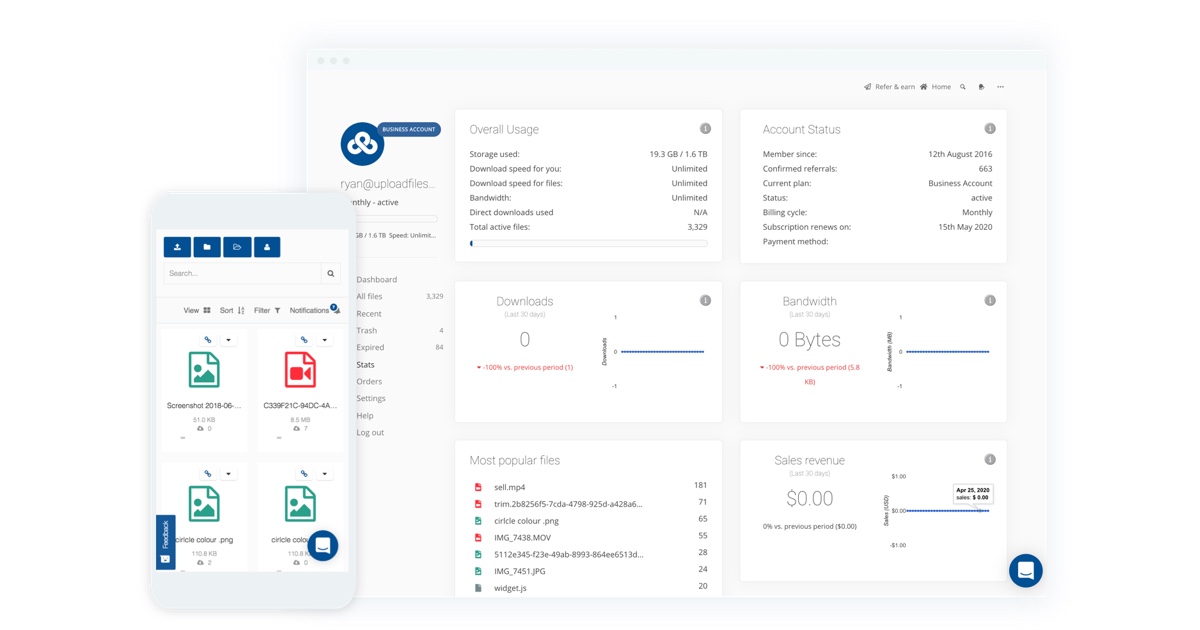lwvmobile
DSD-FME
Does look to fit the pattern.
I guess 0 (0000) for site state means both slots available.
F (1111) means either both slots busy or repeater not available (no entries would indicate the latter)
C (1100) means slot0 busy
3 (0011) means slot1 busy
That's the same conclusion I came to, based on the patterns found in these samples.
I have no idea on that one. Any private calls or data calls on that system?Is that Free repeater: F (15) and 3 repeaters not available?
Also, about CSBK:11 (0x0B) Can't say I've deciphered much out of that, other than maybe (very speculative) the repeater site number, assuming the wav files are labeled correctly, the only difference appears to be in byte 3 where we have 0x08 in site 1, and 0x10 in site 2. If you read the 5 MSB, then you get site 1 and site 2. Maybe its just coincidence though, I'm unsure. No idea what the rest of the values would indicate, they seem to be identical during the entire playback on all samples, other than the one byte mentioned, regardless of idle or call in progress.
Site 2:
Code:
10:17:51 Sync: +DMR slot1 [slot2] | Color Code=01 | CSBK
Hytera XPT 0x0B Repeater Number: 2
DMR PDU Payload [0B][68][10][20][18][10][20][10][28][20][EF][DA]Site 1:
Code:
10:20:14 Sync: +DMR slot1 [slot2] | Color Code=01 | CSBK
Hytera XPT 0x0B Repeater Number: 1
DMR PDU Payload [0B][68][08][20][18][10][20][10][28][20][CC][B4]








